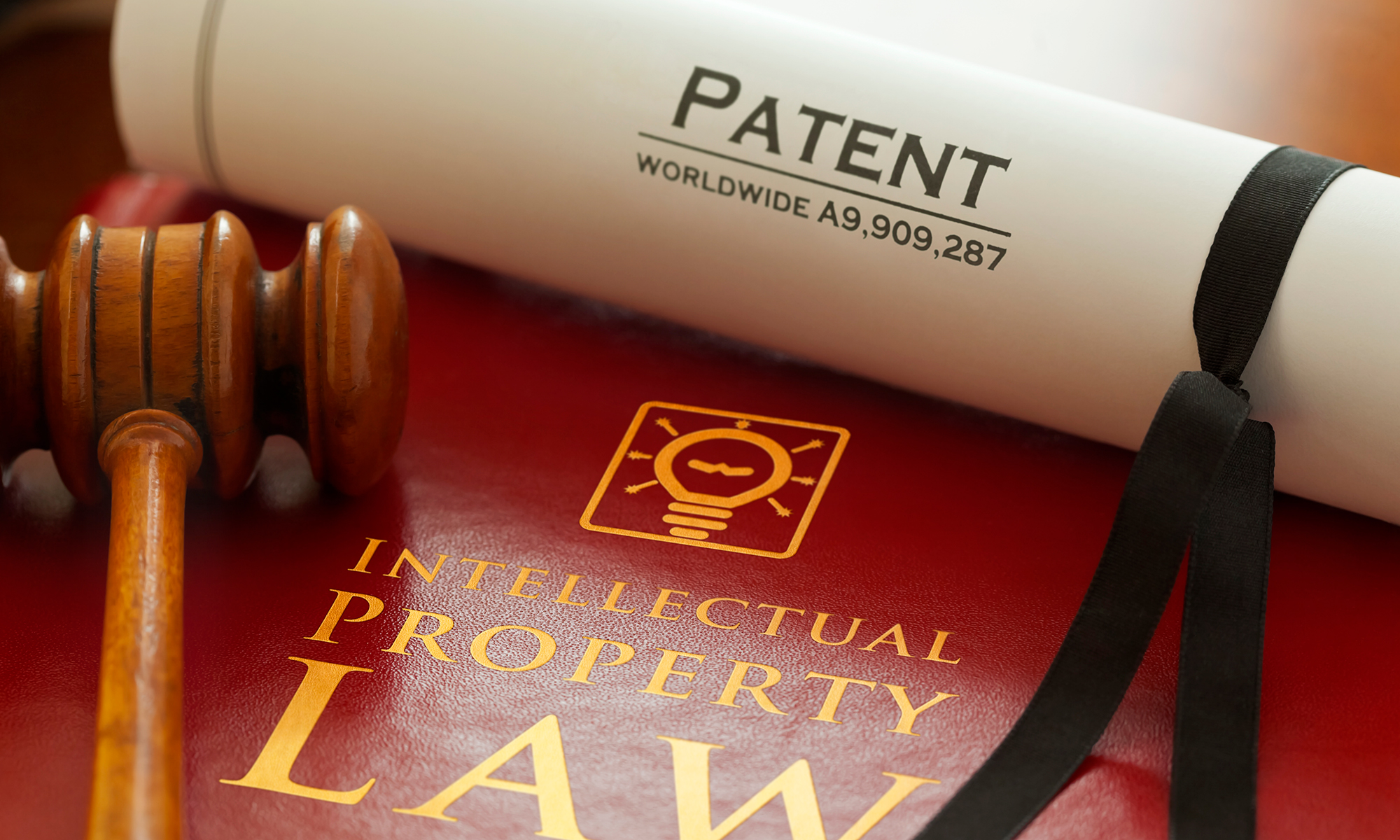The Patent Trial and Appeal Board (PTAB) recently designated two opinions as precedential, which are two of the only three precedential opinions in America Invents Act (AIA) reviews up to today. The precedential status means that these opinions are binding precedents that the PTAB judges must follow in the future.
The first opinion, LG Electronics Inc. v. Mondis Tech Ltd. (IPR2015-00937, Sept. 17, 2015), is related to the one-year bar date for filing an inter partes review (IPR). Based on 35 U.S.C §315(b), an IPR is barred if it is filed more than one year after a petitioner is “served with a complaint alleging infringement of the patent” (emphasis added). The question is which complaint should be the basis for the one year deadline if several complaints are served.
In 2008, LG was served with a complaint alleging infringement of a Mondis patent (U.S. 6,513,088) claiming a display unit. The complaint was dismissed with prejudice as for the claims on computer monitors, and without prejudice as for the claims on “Unreleased Product,” which were LG televisions that were excluded in the parties’ settlement agreement. On October 16, 2014, LG was served a second complaint for infringing the same patent. LG filed an IPR to challenge the patent on March 27, 2015.
The PTAB held that the IPR was barred because it was filed more than a year after the petitioner was served “a” complaint, which was deemed to be the 2008 complaint. The PTAB noted that the circumstances of this case “are distinguishable” from another case, in which the PTAB in a nonbinding decision did institute an IPR filed ten years after an entire infringement complaint was dismissed without prejudice.
The second opinion, Westlake Services LLC v. Credit Acceptance Corp. (CBM 2014-00176, May 14, 2015), is related to issues that a petitioner is estopped from raising again after a final written decision under §325(e)(1). The PTAB held that the “estoppel is applied on a claim-by-claim basis.” In an earlier covered business method (CBM) review, Westlake petitioned for review of all 42 claims of a Credit Acceptance patent (U.S. 6, 950, 807). But the PTAB only instituted CBM review on 19 claims, and issued a final written decision finding them unpatentable. Westlake subsequently petitioned for review on the other 23 claims. The PTAB ruled that estoppel does not apply to the other 23 claims because those are not the claims whose review resulted in a final written decision. Most likely this ruling applies to all types of AIA reviews, including IPR, CBM and post-grant review (PGR).
In both of these precedential cases, a previous proceeding existed either before the PTAB or a district court on at least some claims of a patent. So these two precedents provide us some guidance about how a previous preceding may impact a subsequent petition for AIA review. First, when served with a complaint, an alleged patent infringer should consider whether or not to file an IPR to challenge the asserted patent because the complaint most likely triggers the one-year time bar. Such a consideration should be made even before or during negotiation for a settlement. Second, while considering filing a petition with the PTAB, a petitioner should check for possible past infringement complaints, or any past PTAB petition. A complaint served one year ago may jeopardize a later IPR petition. However, after a previous petition instituted by the PTAB only on some claims of a patent, another petition might be filed with the PTAB on other claims.
